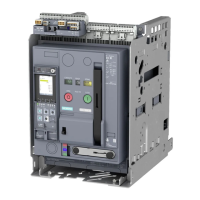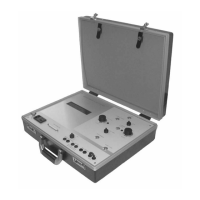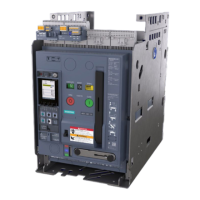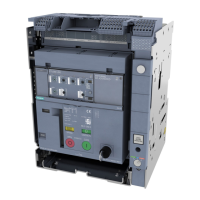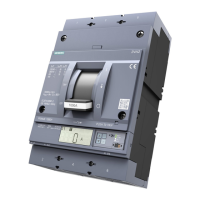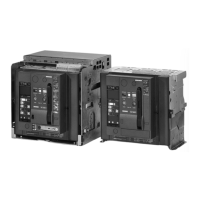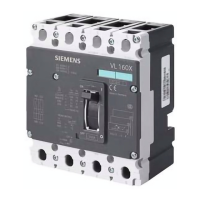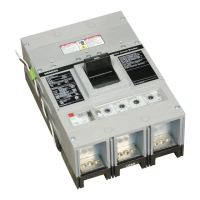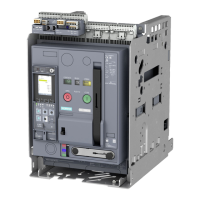
Do you have a question about the Siemens SENTRON 3WA Air and is the answer not in the manual?
| Brand | Siemens |
|---|---|
| Model | SENTRON 3WA Air |
| Category | Circuit breakers |
| Language | English |
Defines manual scope and identifies target readers for 3WA air circuit breakers.
Provides contact information and links for obtaining technical support for the product.
Lists relevant Siemens manuals and publications for further product information.
Directs users to Siemens training programs for circuit breaker technology.
Details critical safety rules and precautions for working with hazardous electrical voltage.
Defines the necessary qualifications and training for personnel handling the equipment.
Emphasizes using approved spare parts and following safety instructions.
Advises on implementing security measures to protect against cyber threats.
Explains the use of third-party OSS components and their licensing terms.
Outlines how to access OSS source code and clarifies warranty provisions.
Lists the international IEC standards to which the 3WA1 air circuit breakers adhere.
Details the key characteristics, sizes, and features of the 3WA circuit breaker.
Outlines the series, sizes, and breaking capacities of the 3WA1 circuit breakers.
Highlights modularity, function extension, and communication capabilities.
Summarizes key product features like compact dimensions, current range, and ETU600 unit.
Covers integration into Siemens communication and automation solutions.
Lists basic requirements met by the 3WA circuit breaker, like breaking capacity.
Discusses accessory design for service life and low inspection effort.
Highlights compact dimensions of 3WA13 breakers for panel fitting.
Details applications as feeders and for protecting various electrical equipment.
Explains protection tasks and areas of use for the circuit breaker.
Illustrates breaker application in different voltage levels and segments.
Distinguishes circuit breakers from non-automatic types per IEC 60947-2.
Explains features of non-automatic circuit breakers (CBI) per IEC 60947-2 Annex L.
Provides a detailed, labeled diagram of the circuit breaker's main components.
Shows a labeled diagram of the guide frame for withdrawable circuit breakers.
Explains coding for correct breaker insertion into the guide frame.
Describes the shutter's function for touch protection and its operation.
Illustrates shutter lever operation and warns about potential damage.
Details the locking provision for shutter levers to prevent unauthorized changes.
Explains the locking mechanism for racking rails to prevent unauthorized access.
Describes terminals for accessory components and their connection technology.
Explains rating and accessory labels for identifying circuit breaker details.
Explains information on the guide frame label for article number and compatible breakers.
Details information on the breaker's rating label, including standards and parameters.
Describes the manual process of charging the stored-energy spring for breaker closing.
Explains breaker closing/opening and ready-to-close status.
Covers automatic spring charging using a motor.
Details manual switching operations on the operator panel.
Explains remote switching using closing coils and shunt trips.
Describes breaker positions and contact connection states.
Illustrates racking handle use and warns about over-rotation damage.
Provides a step-by-step checklist for commissioning the circuit breaker.
Lists conditions for ready-to-close status, including accessory dependencies.
Details current sensors, voltage tap, and electronic trip unit of the protection system.
Explains the role of the option plug in setting current rating and protective functions.
Shows how option plugs enable changing rated current for different breaker sizes.
Lists available protective functions (LSI, LSIG GFX) based on the option plug.
Advises on calculating and setting protection parameters based on the environment.
Explains how time-current characteristics are determined by protective functions.
Introduces the SIMARIS curves tool for visualizing time-current characteristics.
Lists available protective functions like LT, ST, N, GF, and Hi-Z.
